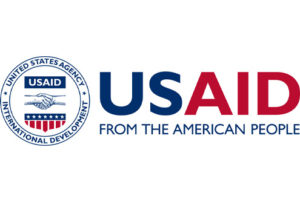Who truly feels the impact of disaster? Is it policymakers, international aid agencies or governments? No, it’s the communities whose homes have been swept away by flooding. It’s the families who have been forced to flee because of conflict.
Localisation movement for resilient leadership
Those at the forefront of disaster understand, better than anyone, their capacity to adapt to mitigate their risk. Therefore, when we look to build resilience, we must seek out, listen to and prioritise their voices.
GNDR champions a localisation movement empowering communities to take charge of their resilience-building strategies. This involves increasing their knowledge, skills, access to finance and ability to collectively influence policy nationally and internationally.
The path to genuine local leadership is clear; we must turn traditional hierarchical global thinking on its head. Localisation will not happen unless civil society and the communities it serves have the space and capacity to lead.
A perspective from South Sudan
By elevating local knowledge and leadership, we can meet the unique needs of the most at-risk communities. In South Sudan, years of conflict, flooding and drought have displaced millions, with many seeking refuge in already overpopulated and marginalised urban areas.
GNDR member, Root of Generations, is a local civil society organisation that works with host and displaced communities in the capital, Juba. As part of our US Agency for International Development (USAID) Bureau for Humanitarian Assistance (BHA)-funded Making Displacement Safer project, they brought together at-risk communities with local stakeholders, including government officials, academics and local businesses.
Community-led resilience exemplified
As a group, they identified their risks and worked together to create the solutions that would actually make a difference in their lives. Through this bottom-up, collaborative approach, they pinpointed the lack of sustainable income as the biggest threat. The solution? For the community itself to create business and training opportunities that gave displaced people the chance to rebuild their livelihoods.
They reinvested any surplus profit to train more groups so that the impact of this project could grow. Together, the most marginalised communities actively led, created and benefited from resilience efforts.
Collaboration for sustainability
Building resilience at the local level requires meaningful partnerships among communities, local authorities and civil society organisations. Projects like Making Displacement Safer in South Sudan highlight the importance of engaging a wide group of stakeholders.
By empowering local leaders and promoting inclusivity, we can create sustainable, adaptive and resilient communities capable of overcoming risks to their lives and livelihoods. Not only does this approach address the immediate dangers that communities face, but it also lays the groundwork for their sustainable development, prosperity and safety.
